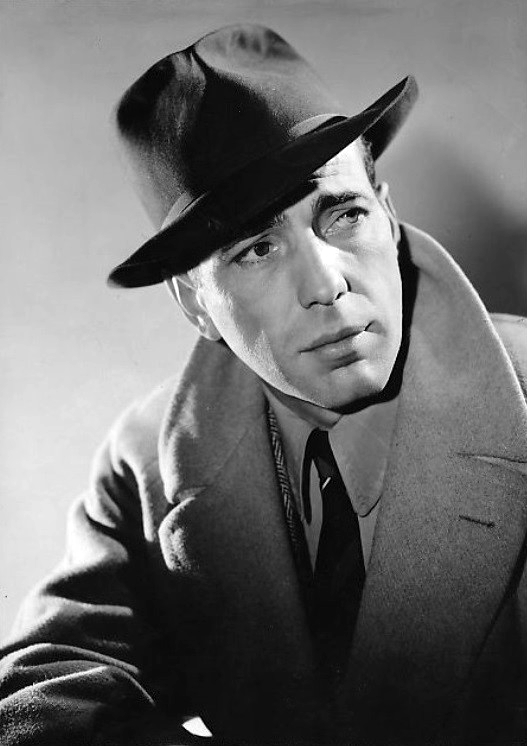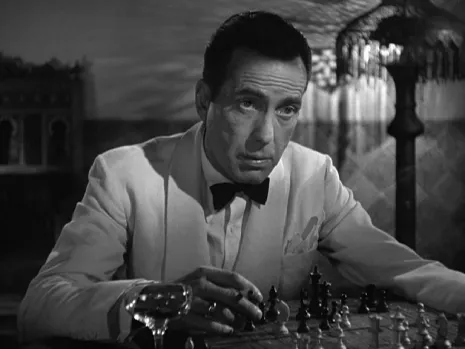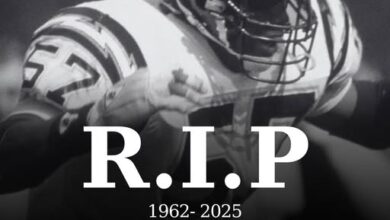LDT “🕶️ Humphrey Bogart — The Reluctant Hero Who Defined Cool 🎬💔”
In the smoky half-light of a black-and-white world, Humphrey Bogart didn’t just play heroes — he invented a new kind of one. Gruff, sharp-tongued, and heartbreakingly human, Bogart became the face of American film noir and the voice of cynical hope in a troubled world.

🗽 From Broadway Bit Parts to Hollywood Legend
Born in 1899 in New York City, Humphrey DeForest Bogart was never meant to be a matinee idol. His early years were marked by failure — minor stage roles, a few unremarkable films, and constant typecasting as gangsters and thugs. Yet there was something magnetic about him — a quiet fire that couldn’t be ignored.
Then came The Petrified Forest (1936). His portrayal of the outlaw Duke Mantee turned heads in Hollywood. Suddenly, that tough, weary face — lined with experience and shadow — wasn’t just villainous; it was real.
By the 1940s, Bogart had become the embodiment of the post-Depression American spirit: hardened but not broken, skeptical but still clinging to a code of honor.

🕵️ The Birth of Film Noir’s Greatest Face
It was The Maltese Falcon (1941) that sealed his fate. As detective Sam Spade, Bogart brought moral ambiguity to the screen — a man who could lie, fight, and love with equal intensity, all while remaining oddly noble.
Then came Casablanca (1942), the film that would forever define him. As Rick Blaine, the jaded nightclub owner torn between love and duty, Bogart delivered one of cinema’s most unforgettable performances. Lines like “Here’s looking at you, kid” and “We’ll always have Paris” became eternal.
In a world at war, Rick’s quiet courage and hidden tenderness mirrored the uncertainty of an entire generation.
💔 Love, Lauren Bacall, and Legacy
Off screen, Bogart’s greatest role may have been opposite Lauren Bacall — the stunning young actress who met him on the set of To Have and Have Not (1944). Despite their 25-year age difference, their chemistry was electric, both on and off camera. They married in 1945, creating one of Hollywood’s most iconic love stories — a rare marriage of equals in a world of ego and illusion.
Together, they made several classics — The Big Sleep (1946), Dark Passage (1947), and Key Largo (1948) — redefining on-screen romance with wit, danger, and devotion.
🕯 The Final Act
Bogart’s career continued strong through the 1950s, earning him an Academy Award for The African Queen (1951). But his life was cut short in 1957 when he died of esophageal cancer at just 57. Hollywood dimmed its lights that night — the man who’d taught the world what “cool” really meant was gone.
🖤 Why He Endures
Humphrey Bogart didn’t chase glamour — he stripped it away. He showed that a hero could be weary, wounded, and still righteous. His honesty, his gravel voice, and his understated emotion turned him into a timeless symbol of integrity and rebellion.
“He is the most durable romantic in cinema,” wrote critic David Thomson, “because he knew romance was not about perfection — it was about courage.”


